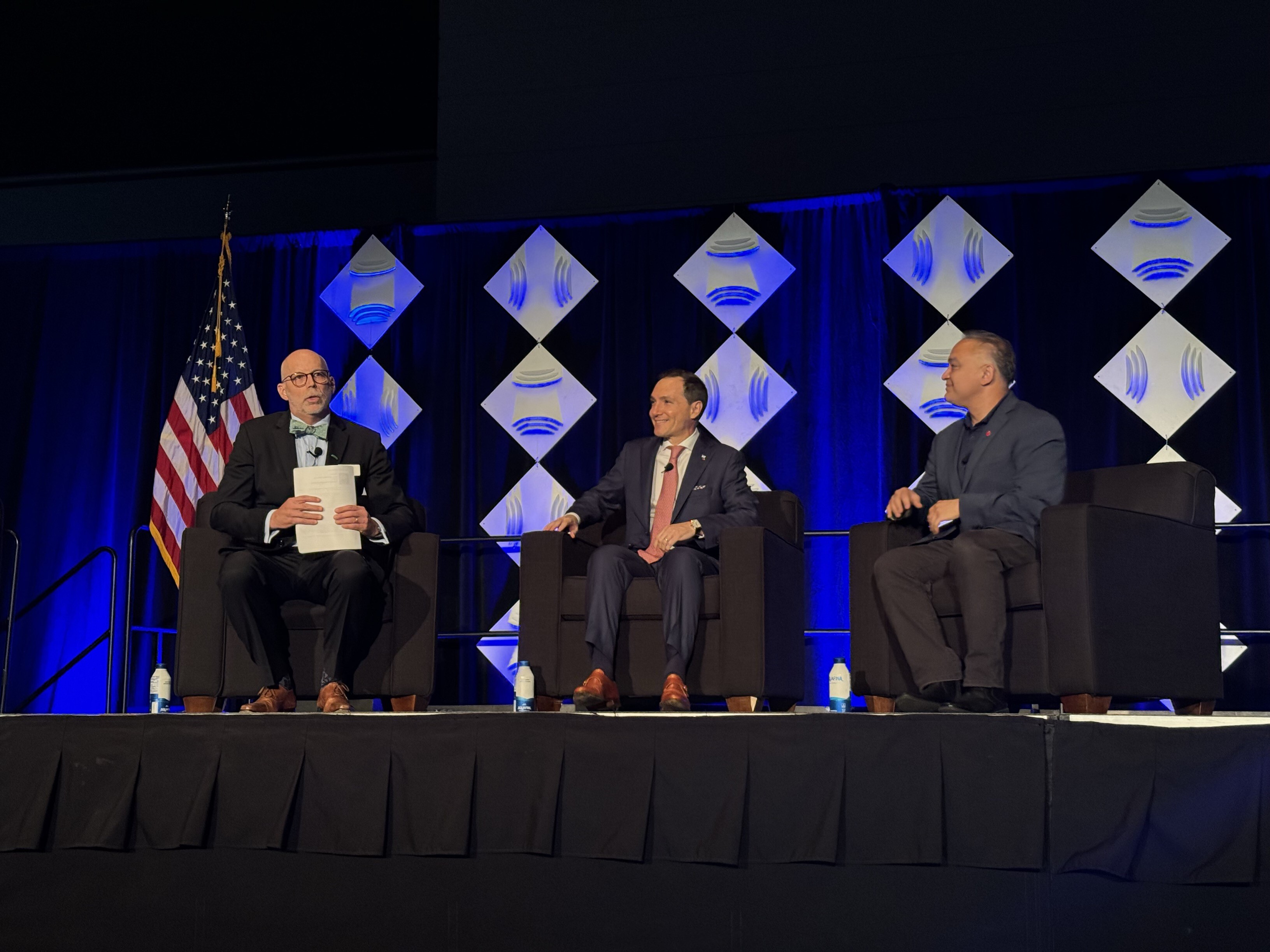More Education, Less Training

Educating for lasting improvement, not training for short-term fixes, is critical to your company’s success. It helps avoid the costs of poor quality and poor decisions, maintain regulatory compliance, safeguard your reputation and, most important, better protect your patients.
That’s why at NSF, we go beyond traditional training in which participants sit in a classroom looking at a presentation and listening to the course presenter. Although that’s quick and easy, this approach has its drawbacks: In order to succeed, it depends on experienced, knowledgeable instructors and just the right environment. Most training participants forget almost 90 percent of the subject matter within 48 hours of leaving the classroom.1 And it assumes participants understand what they have to do and can apply this knowledge in the workplace, when often they cannot.
How We Take Education Beyond Presentation-Based Training
At NSF, we put the emphasis on understanding the why behind performing any task or making any decision. Understanding the consequences for getting it wrong builds problem-solving skills and encourages personal ownership of activities and behaviors. And we design courses that:
- Feature interactive activities based on how adults learn best. “Brain-friendly” sessions make sessions fun and involving, and they change more behaviors and better improve performance.
- Take limited attention spans into account. Most people switch off after 20 or 30 minutes. We break down information into manageable segments, take breaks and switch between activities to keep people interested.
- Create the right environment for learning. When participants are free of routine daily distractions and work-related interruptions, they engage.
- Build in different learning styles. A variety of styles—including kinesthetic, auditory and visual—can help engage everyone in a group.
- Incorporate rapid learning techniques. The course can cover more in less time and change behaviors faster.
- Take education out of the classroom and into the workplace. Customized case studies and problem-solving exercises make it relevant and enable participants to practice what they’re learning right away.
Ready To Offer More Education (And Less Training)?
Source:
1 Praveen Shrestha, "Ebbinghaus Forgetting Curve," in Psychestudy, November 17, 2017, https://www.psychestudy.com/cognitive/memory/ebbinghaus-forgetting-curve.
How NSF Can Help You
Get in touch to find out how we can help you and your business thrive.

What’s New with NSF

NSF Shanghai Named Critical Site for NSF/ANSI 455 and NSF/ANSI 173 by ANSI National Accreditation Board
July 26, 2024
NSF Takes Center Stage at NEHA Annual Education Conference
July 25, 2024
NSF Asia Pacific Showcases Hospitality Solutions at THAIFEX HOREC Asia 2024 in Bangkok, Thailand
July 4, 2024